All the Jeremias pasta variety
Jeremias noodles are available in almost 50 different shapes. In the kitchen, there are no limits to the imagination. As well as the usual shapes, the noodle lover will find a variety of specialities, such as original rolled ribbon noodles, spinach and tomato noodles, Swabian and scraped spaetzle or noodle rice.

Schwäbische Spätzle g.g.A.

Bandnudeln 8 mm (Tagliatelle)

Bandnudeln 4 mm (Tagliatelle)

Suppennudeln 2 mm

Fadennudeln
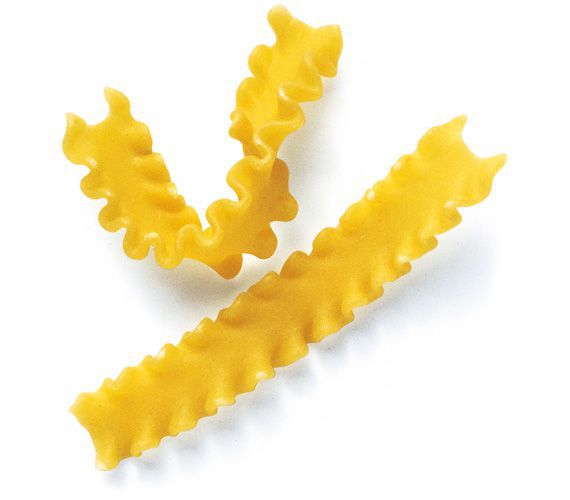
Wellenband (Ricce)
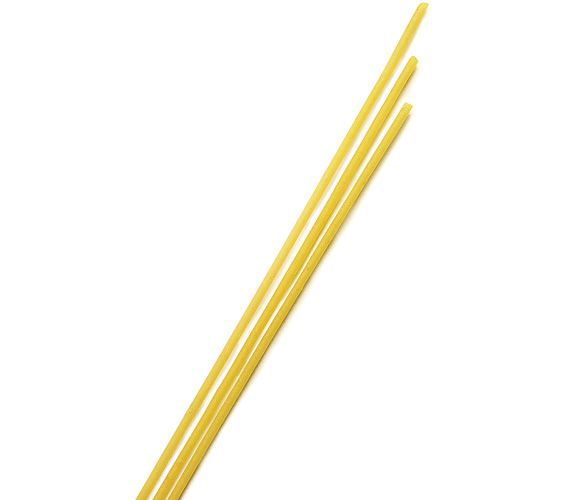
Spaghetti

Makkaroni

Jerelli (Trecce)

Wellenspätzle

Schlingli (Gemelli)

Makkronelli (Maniche)

Hörnchen (Chifferi Rigati)
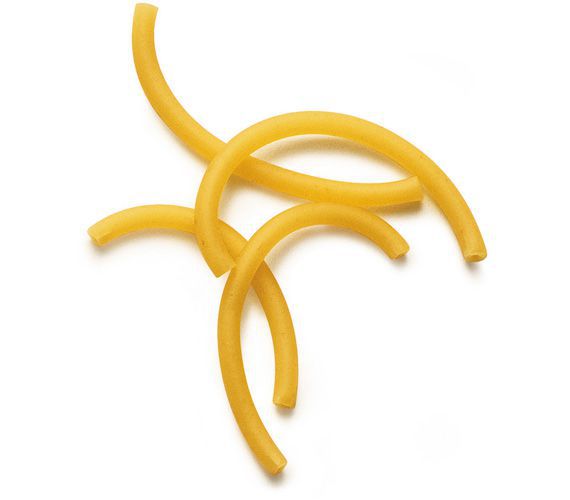
Gabelspaghetti (Gramigna)
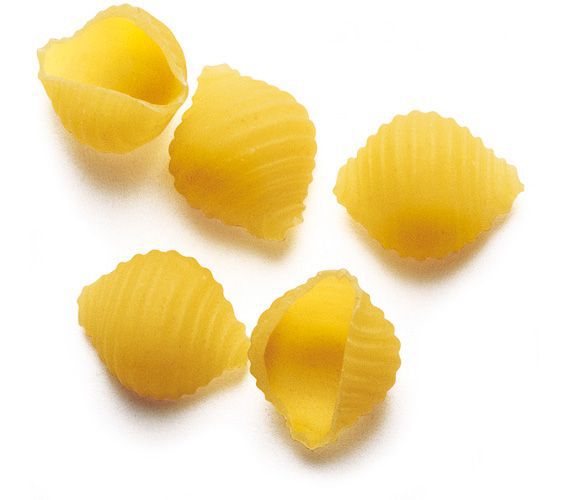
Muscheln (Conchiglie)

Drelli (Cavatappi)

Rigatoni

Rigatelli (Ditali)

Ringle (Tubettini)

Nocki (Gnocchi)

Boccolotti (Lumache Rigate)

Penne

Suppen-Buchstaben

Schneckli
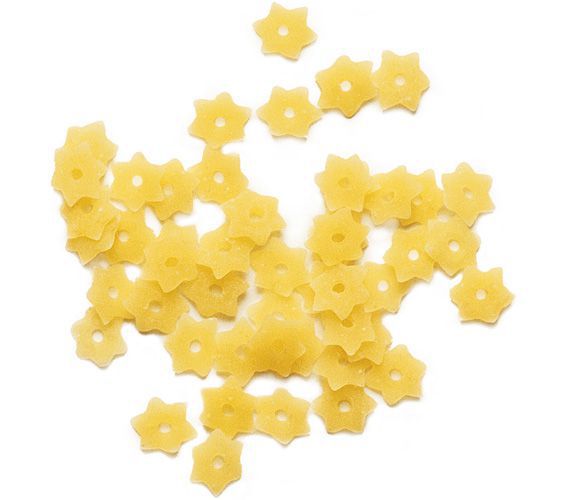
Suppen-Sterne (Stelline)

Suppen-Muscheln (Gusciette)

Farfalle

Band gedreht

Drellini (Cavatappillini)

spinach noodles 4 mm
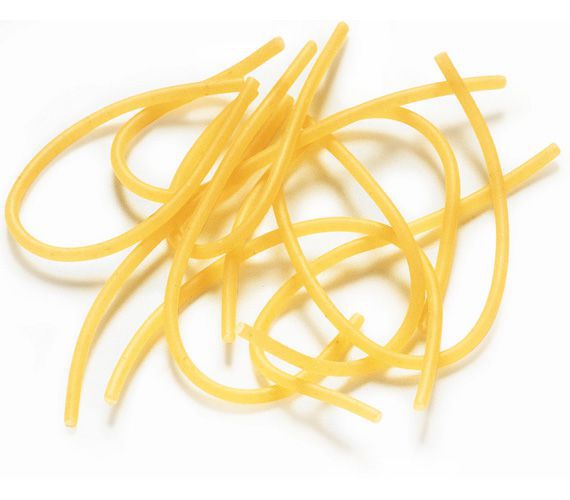
Spaghetti kurz

Drelloni

Hörnchen klein

Boccolini (whole grain)

Tomatennudeln 4 mm

Bandnudeln 20 mm (Pappardelle)

Farfalle tricolore

Radi

pasta rice

Penne (Vollkorn)

Nudelnester 4mm

Fusilli tricolore

football noodles

Fusilli

Fusilli (whole grain)

Spätzle geschabt

Fleckerl

Mie-Nudeln

Jerellini (Vollkorn)
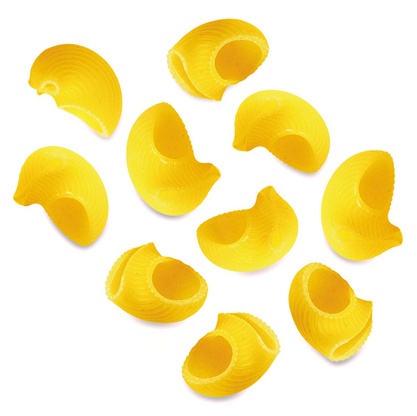
Boccolini
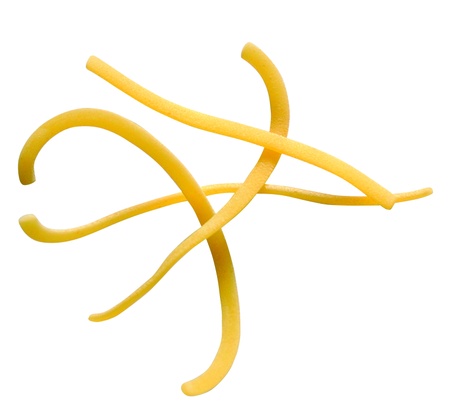
Ovaline
Swabian Spätzle g.g.A.
pGI = protected geographical indication
Swabian Spätzle and Swabian Knöpfle must really come from Swabia
The European Commission has awarded the seal "protected geographical indication (PGI)" to regional specialities from Baden-Württemberg. For a PGI, at least one of the production stages - i.e. production, processing or manufacturing - must take place in the region of origin.
In order to protect regionally important products from imitation, agricultural products and foodstuffs with protected designations of origin (PDO), protected geographical indications (PGI) and traditional specialities guaranteed (TSG) have been registered at EU level since 1992.
"Schwäbische Spätzle/ Schwäbische Knöpfle g.g.A.' have been registered as a protected geographical indication since 8 March 2012.